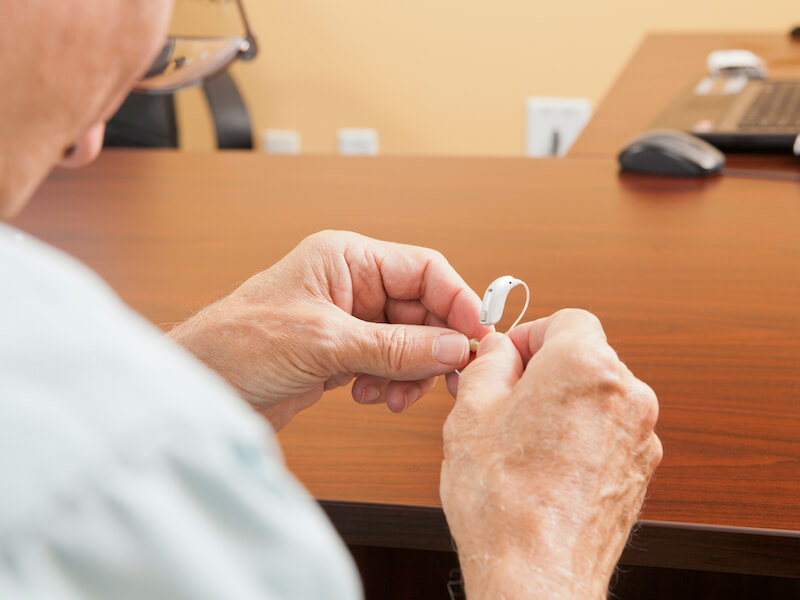
You take good care of your hearing aids. Cleaning them daily, you make sure they are safe and comfortable on their charger when you go to sleep.
But you get pretty distressed when your hearing aids abruptly stop working the way they did once. Thankfully, there are a few steps you can take to troubleshoot the problem. Not doing any further damage is your top priority so you won’t need to replace them.
Hearing aid troubleshooting
Naturally, when you first got your nice new hearing aids, you made a point of putting the owner’s manual in a safe spot. You’ll want to take it out so you can utilize it for troubleshooting and, potentially, maintenance. Every model of hearing aid can be rather different so it’s important to follow the manual’s recommendations.
Here are some things you can check on most models:
- Check your battery: Even if you know your hearing aids charged all night, you’ll want to double-check the battery power. If your hearing aid has replaceable batteries, it might not be a bad plan to check if those batteries are correctly inserted or if a new one solves the issue.
- Check for noticeable damage: Do you observe any visible cracks or loose components around the shell of your hearing aid? Cracks, obviously, could suggest more significant damage (or let in moisture).
- Keep your microphone clear: Check your hearing aid to see if anything is obstructing the microphone. Your hearing aid may feedback or merely fail to work if the microphone is blocked.
- Wax buildup: Make sure there’s no wax on your hearing aid by giving it a visual inspection. Wax can build up quickly even if you clean your hearing aids frequently so make sure you double check.
Once again you can find out how to deal with each of these concerns by referring to your owner’s manual. Self-maintenance is sometimes possible.
When does my hearing aid need repair?
Your hearing aid will most likely have to be professionally repaired if you do routine maintenance and it still malfunctions. That might not always sound desirable, after all, you depend on your hearing aid for day-to-day communication (not to mention dinners with your family, staying up to date with your favorite Netflix series, and so on).
It’s certainly worth noting that “repair” doesn’t necessarily mean “send your hearing aids in for service and wait several weeks”. In some instances, we can fix your hearing aid in office while you wait.
Or, depending on the degree of the damage, you could get your hearing aids back in a few hours.
But quick repair won’t be possible in all cases. And in those cases, you might find yourself needing a backup set of hearing aids. So if you’ve got an old pair lying around, ask whether they will serve on a temporary basis. We might even be able to let you borrow a pair while you are waiting.
Get assistance with your hearing aids without delay
It’s essential to get your hearing aid assessed and repaired if you begin to notice the audio quality is beginning to fail.
Any degree of downtime needs to be avoided. Your mental health and your overall health can be impacted by neglected hearing loss. And it becomes all too easy to leave your hearing aids laying in a drawer somewhere while your hearing continues to diminish.
The best way to keep your hearing healthy is to keep those hearing aids working. And the ideal way to do that is to clean them, keep them charged, and, when necessary, take your hearing aids to get some professional repair.
